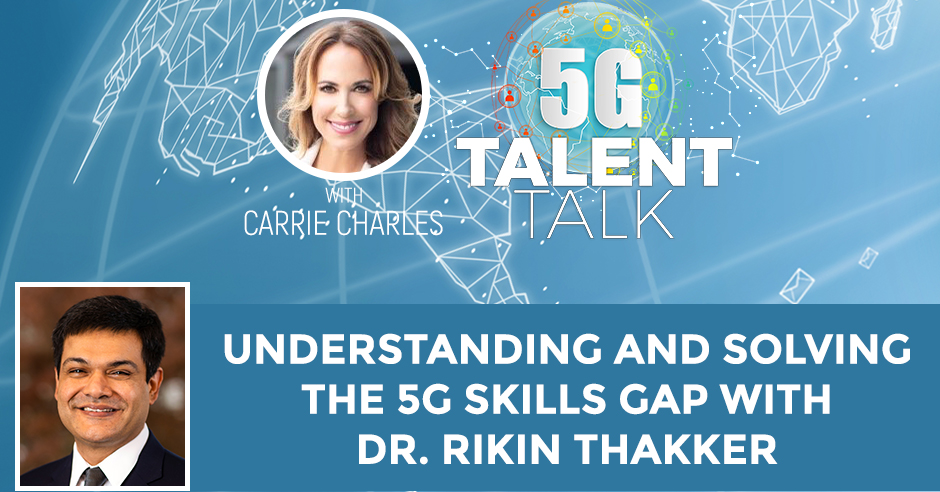The first phase of the C Band auction, which involved spectrum between 3.3–4.2 GHz, wrapped up in mid-January, raking in an astounding $80.92 billion in bids, making it the most profitable spectrum auction in history. According to Stealth Communications’ President & CEO Shrihari Pandit, there are few factors that contributed to high C Band interest from large mobile operators, one of which is the emerging competition from low earth orbit (LEO) satellites, particularly when it comes to providing high-speed coverage to rural America.
“In reality, in order to utilize 5G technology,” Pandit told RCR Wireless News, “you need mmWave.” He added that as carriers began deploying the high-frequency spectrum, they began to realize how poorly it penetrated and propagated, making it much less beneficial in rural environments than in urban ones.
“In order for carriers to deliver the 5G experience that they’re touting,” he continued, “they’re going to need very large chunks of spectrum in the mid-band range.”
This is where the C Band, which the GSA called the “most important spectrum band for 5G,” comes in.
“As carriers are transitioning from 3G or 4G to 5G, the C Bands allows them to add additional frequencies [and]provide a greater performance than [previous generations of cellular]. It will be decent broadband in rural America because it will cut through trees and they should be able to reduce the number of base stations needed,” explained Pandit.
It is impractical to install the number of base stations in rural American required to fulfill the promise of consumer 5G because, as Pandit said, there isn’t enough subscriber data in these locations.
“They need to reduce infrastructure needs, and in order to reduce that, you need to reduce the frequency data rates with the C Band,” he concluded.
According to Pandit, LEO-based satellites, like those launched by Elon Musk’s Starlink, are presenting themselves as a direct threat to the adoption of 5G in rural and hard-to-reach locations around the world.
“These satellites can seriously hamper the plans of 5G rollout,” he said. “A lot of people have been promised that 5G is just around the corner, and we’re still waiting, but with LEO satellites, they’re able to launch a huge constellation of them in a short amount of time and even though we’re still early on, Starlink is a good position to service rural America with pretty decent capacity without having to do this massive fiber or tower buildout.”
This puts a lot of pressure on mobile carriers to devise a more realistic plan to get those rural areas covered before Starlink becomes the dominate provider, which Pandit claimed, isn’t too far away.
“If Elon Musk can continue a steady deployment of 60 satellites per launch, within the year, he can easily get pretty decent coverage across the united states,” he said.
C Band could be the carrier answer to the LEO problem, which, when combined with the fact that this may be the last opportunity to get their hands on mid-band spectrum that is optimal for 5G use for a long time, it becomes clearer why some bidders, like AT&T and Verizon, spent billions during the first phase of the auction.
Related Posts













